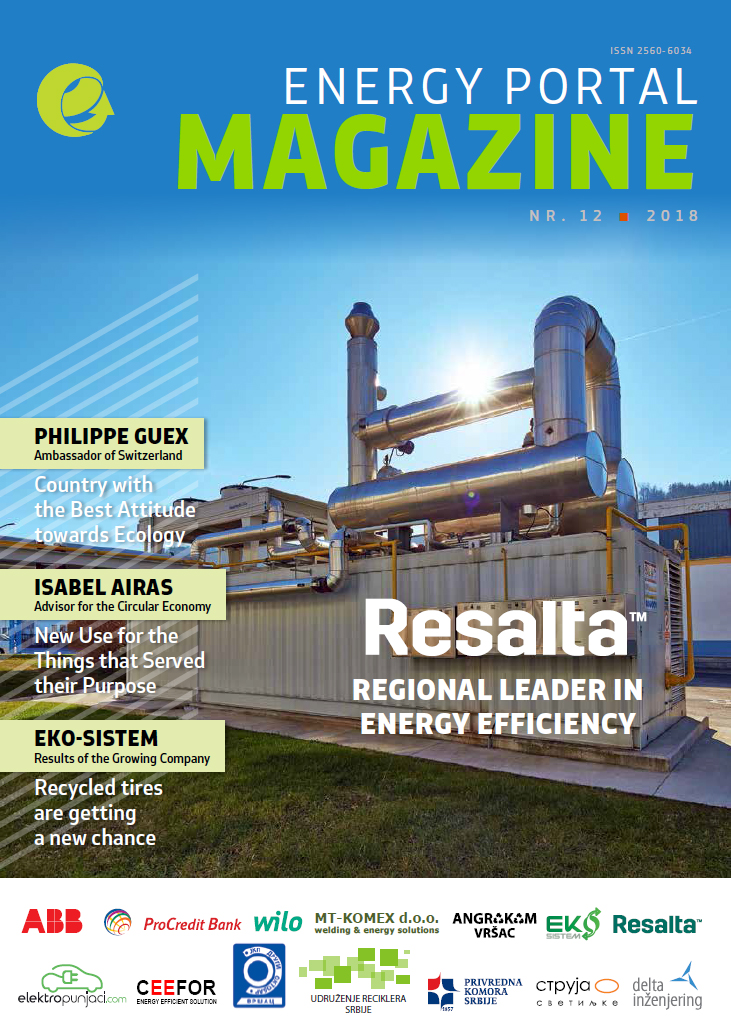
This time we have decided to put a focus on the circular economy as it represents a new, more sustainable economic approach that should replace the widely spread and worn-out linear model. We are familiar with the principle of the circulation of matter in nature, and today it has become necessary to introduce the principle of circulation in the production as well in order to minimize the waste production, and the products that were previously obtained are given a new purpose after alteration or an entirely new form and purpose after recycling.
Among the first ones who mentioned this concept were British economists Turner and Pierce, who recognised the lack of a desire for sustainable development among traditional entrepreneurs. Apart from them, many other economists have tackled the challenge to find a new business model that saves resources, does not create waste, protects the environment and at the same stimulates economic growth and job creation.
Traditionally, the concept of life was based on the policy of taking, exploitation, and rejection, while the circular model advocates return to nature and the reuse of already used products. Drawing attention to energy efficiency and environmental sustainability makes the keystone of this way of thinking and can be applied to all aspects of life.
According to the World Economic Forum, Switzerland is the country with the best attitude towards the natural environment and the significant extent of the use of renewable energy sources. It is for this reason that we decided to learn from the Swiss ambassador in Serbia, Philippe Guex, how they manage to maintain the balance between economic growth and preservation of the environment for years.
In this issue, you can also read an interview with Isabel Airas, Advisor for the circular economy, Serbian Chamber of Commerce, who shared with us her international experience in the field of environmental protection. Serbian Chamber of Commerce and “CirEkon” organised Circular Economy Academy in September and October, and one of the lecturers and organisers at the Academy was Milan Veselinov, with whom we also discussed the benefits and savings resulting from the implementation of the new economic model.
“Eko-sistem”, a company from Novi Sad gives new life to rejected tires by making rubber flooring tiles for children’s playgrounds, speed bumps, wheels for trash cans, as well as many other products. About the successes, but also the difficulties of this young company, we talked with Natasa Bozicevic-Stankovski, the responsible person for waste management in the “Eko-sistem”.
There are also stories on examples of good practice applied by companies Resalta, Wilo and Delta inzenjering, and the section “People and Challenges” brings you an interesting text about the dried pumpkin pasta made by Slavica Orelj.
We try to keep up with the times, so this issue of the Magazine got a new look. We hope that you will like a more modern cover and more transparent sections, of course with the texts we have chosen for you.
To read The Energy Portal Magazine on Circular Economy, click HERE.



